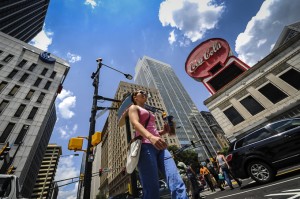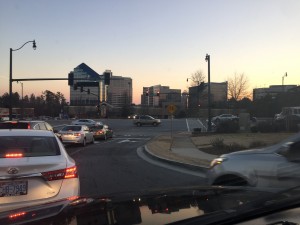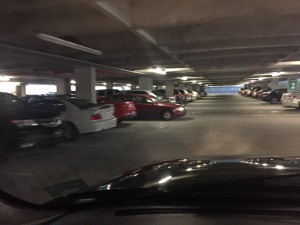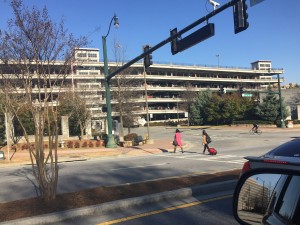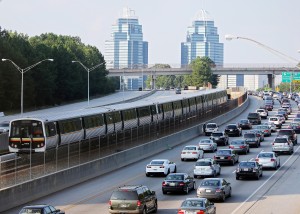Reading Summary #4: Kathleen G. Scholl and Gowri Betrabet Gulwad – “Recognizing Campus Landscapes as Learning Spaces”
In today’s day and age, the human being is exposed to a high traffic volume of people, places and things. It has increasingly diminished our capacity to remained focus in the institution level on tasks at hand and has forced us, as students, to find ways to retain focus and trick our mind from mental fatigue. This article, by Kathleen School and Gowri Gulwad relates early campus landscape to current campus landscapes and how “attention fatigue” is rising. They also give us evidence in how a holistic approach to campus landscape will allow a more direct or indirect exposure to “nature” and inhibit our ability to remain focused for a longer period of time.
Kathleen and Gowri first start their claim by explaining to us how historically campuses were designed to be almost a community within a community. They explain how in the early years of universities, campus’ were a place where kids would have “safe havens” and direct exposure to nature. It was a place where they could continuously learn and maintain the proper mental energy to keep focus. This is a time where only the wealthy were predominantly found on college campuses. It worked for them, but now since the demographic has changed new ways of holistic thinking is necessary for adoption to adapt to the ways the current college student requires. Now, more than ever students are on all sides of the spectrum from first generation college goers, to even single parents battling multiple jobs and still finding time to commute from the suburbs for a mid-day class.
This is why attention-fatigue is rising. Students, nowadays, do not have the same everyday “problems” that were once seen when institutions were first established. School and Gulwad explain how we need to loosely define “nature” to its respective audience to allow us to determine what direct or indirect type of attention can help explain the fatigue. Parents and kids are battling jobs and traffic in a bustle to reach some urban campus’ and then are expected to turn their brain off from a high rate of motion and quick thinking to sit in a chair for an hour and listen to a PowerPoint in a dark room where the outside isn’t visible; knowing in the back of their mind that they are going to have to battle these same hurdles once leaving class. This is the exact reason why safe-havens or holistic campus’ are crucial for the current student. They need an area of “freedom” that can help them see the beauty of the world and trick their mind into natural energy and help remain focused on the task at hand.
In conclusion, School and Gulwad, are completely right in that we need to re-evaluate campus landscapes to a holistic approach to welcome sustainability to the new day of college students. The current student, who is battling daily, the high-impact stresses of overpopulation, technology, work and traffic. College students need and require an area of mental freedom to de-stress and forget about the daily obstacles and allow the mind to breathe and let information flow smoothly. If we don’t start thinking about these types of architectural exclusion then it will make for a very difficult place to learn the lessons required to exceed in life.
